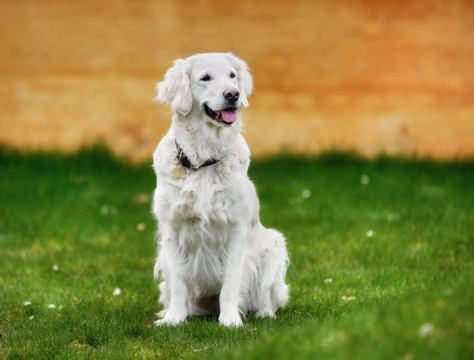Pets
Pets for studWanted petsBreedersAccessories & services
Knowledge hub
Support
Support & safety portal
Reasons why your dog may have problems sitting
The “sit” command is one of the core canine commands, and among the most widely used, for good reason! All adult dogs should be trained to sit on command, and they should respond to the command quickly and willingly, which are both the marks of good training.
However, if your dog is reluctant to perform a sit, appears to sit down oddly or shows signs of discomfort, there may be something going on that is causing your dog a problem. While all of these things can also be signs of laziness or a lack of total compliance with the command, don’t be too quick to rule out an underlying problem, which may require further investigation.
In this article, we will look at some of the indicators that can let you know that your dog is finding sitting an issue, what this means for your dog, and how to proceed. Read on to learn more!
Identifying problems sitting
Firstly, you should assess your dog’s behaviour and judge whether or not they are having a genuine problem sitting, or are simply not complying fully with your command. You will need to take various factors into account here, and consider all of the following questions:
- Has your dog previously always executed the “sit” command without a problem, but recently, something seems to have changed?
- Has your dog never seemed to have gotten to grips with sitting, and sits down in an odd position?
- Does your dog definitely understand the command, and comply with it successfully sometimes?
- Is your dog otherwise well trained, and will execute other commands fully without a fuss?
- Does your dog attempt to sit, but then stops and hovers?
- Does your dog flinch or appear in pain when forced to sit?
- Does your dog sit in a sloppy pose, with their rear legs splayed out or appearing to be unevenly balanced?
Reasons for problems sitting properly
If you are sure that your dog’s sitting problem is a general one rather than a behavioural one or due to a lack of training or understanding of the command, it is important to find out why this might be the case. Here are some of the most commonly diagnosed reasons for problems with sitting.
Problems with the hips
Many breeds of dogs have a genetic predisposition to hip problems, running from the minor to the more major issues such as hip dysplasia. As the hips of the dog are of course integral to achieving a successful sit, any variety of hip issues can make this difficult, painful or impossible for your dog. Arthritis, hip malformations and progressive problems can all lead to sloppy sitting or a reluctance to sit, and it is wise to get your dog checked out by your vet in this case if you are in any doubt.
Painful knees or elbows
While sitting is performed with the majority of the downward pressure on the back legs and rump, the knees are of course also integral in achieving a successful sit, as are the rear elbows. If bending the knees causes your dog pain, such as if they have a patellar luxation or other issue, they may well be reluctant to sit.
If your dog sits with one or both of their read legs stretched or splayed out to the side, consider problems with the rear elbows, and problems with the Achilles tendons or cruciate ligaments.
Back pain
Back pain can manifest in all sorts of ways in both dogs and people, and if you have ever suffered from a bad back yourself, you will be only too well aware of this! Some dog breeds are particularly prone to back problems, particularly dogs with long backs in relation to their height and build, such as the Basset hound and Dachshund (sausage dog). Dogs of any age and breed may potentially suffer from back problems, which can cause problems sitting and getting back up, or getting comfortable.
Anal gland impactions
Your dog’s anal glands don’t require any attention when they are functioning as they should do, but problems with the anal glands such as impactions, infections and anal cysts can all prove extremely painful for your dog, which can be exacerbated by sitting! If your dog is prone to anal gland problems, keep an eye on this, and if your dog suddenly begins to display a reluctance to sit, check to see if something is amiss.
Problems with the tail
Finally, bruises, injuries and pain in the tail or where the tail joins the body can lead to pain and discomfort when sitting, so don’t rule out the tail’s extremities when you are trying to suss out what is amiss!
If your dog is having problems sitting or appears to sit strangely, get them checked out by your vet to find out the underlying cause of this, and what can be done about it. Rather than a simple refusal to follow a command, problems with sitting can also be indicative of a health issue, which may be treatable and go a long way towards improving your dog’s quality of life.



